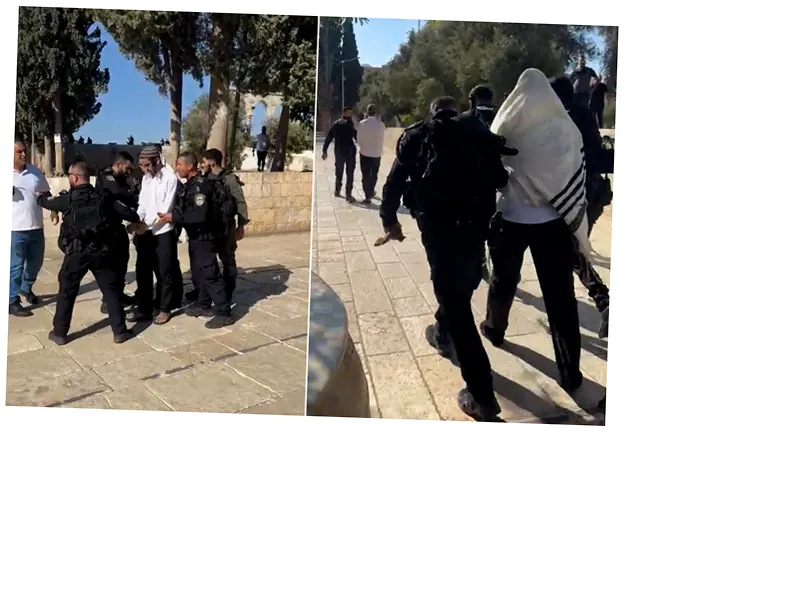The Central Role of Al-Aqsa Mosque in the Palestinian-Israeli Conflict
The Al-Aqsa Mosque, a revered Islamic site located in Jerusalem, stands at the heart of the ongoing conflict between Palestinians and the Israeli occupation. Despite numerous confrontations across territories such as the Gaza Strip and the West Bank, the mosque remains a focal point for both Palestinians and Israelis. The situation has escalated since Israel's occupation of East Jerusalem in 1968, leading to significant restrictions on Muslim access to the mosque, which has been systematically altered in its function and accessibility.
Systematic Restrictions and Control
Since the occupation, Israeli authorities have implemented a series of measures aimed at asserting control over Al-Aqsa Mosque. These include the establishment of checkpoints, police patrols, and border guards, all designed to limit Muslim access. According to Abdullah Marouf, a professor of Jerusalem Studies, the Israeli government has sought to manage the mosque's administration since 1967, aiming to transfer its control to the Israeli Ministry of Religions. The mosque's Islamic character has been undermined, with the number of worshippers allowed to enter drastically reduced from 100,000 to just 5,000, as noted by Imam Sheikh Ikrima Sabri.
A Shift in Strategy and Ongoing Tensions
The conflict over Al-Aqsa intensified following Ariel Sharon's controversial visit in 2000, which sparked the Second Intifada. This event marked a strategic shift, allowing increased Israeli presence and control over the mosque. Daniel Seidman, founder of the Secular Jerusalem Movement, emphasized that while the right to pray at Al-Aqsa is supposed to be guaranteed for Muslims, many face aggressive security measures and restrictions that hinder their ability to worship freely. The situation continues to evolve, with calls from extremist figures like Itamar Ben-Gvir to increase Israeli control over the site, further complicating the already volatile dynamics surrounding Al-Aqsa Mosque.





